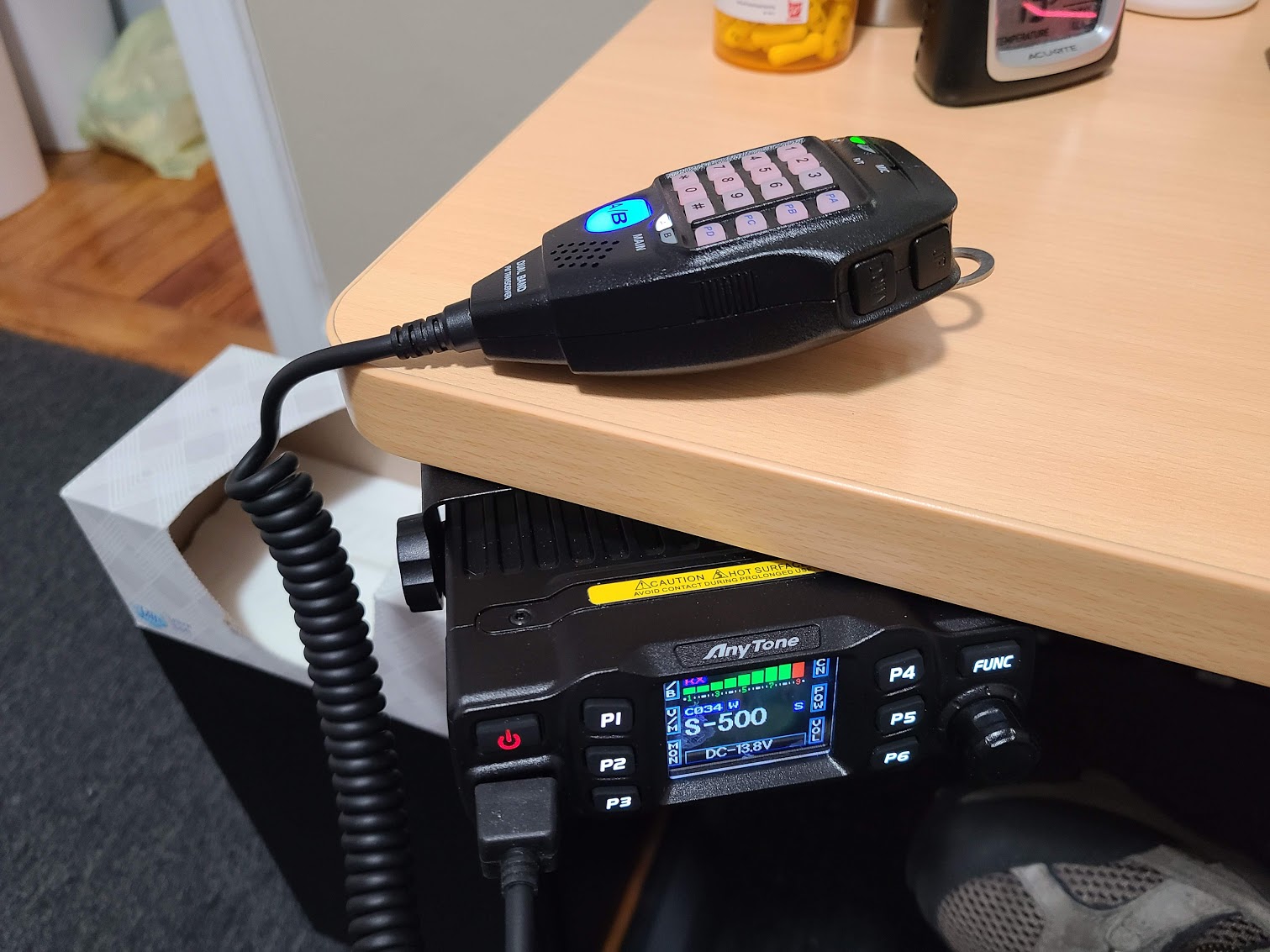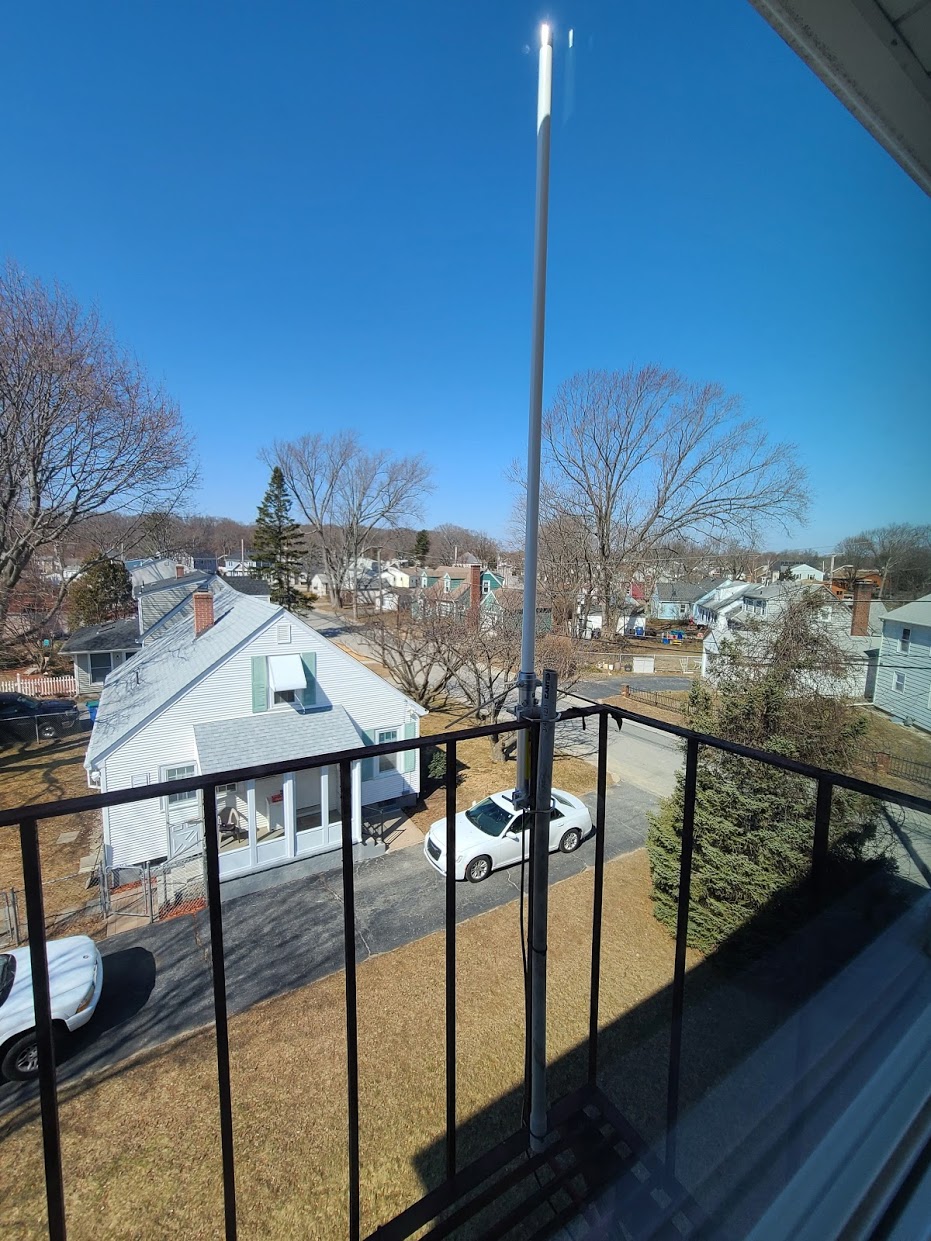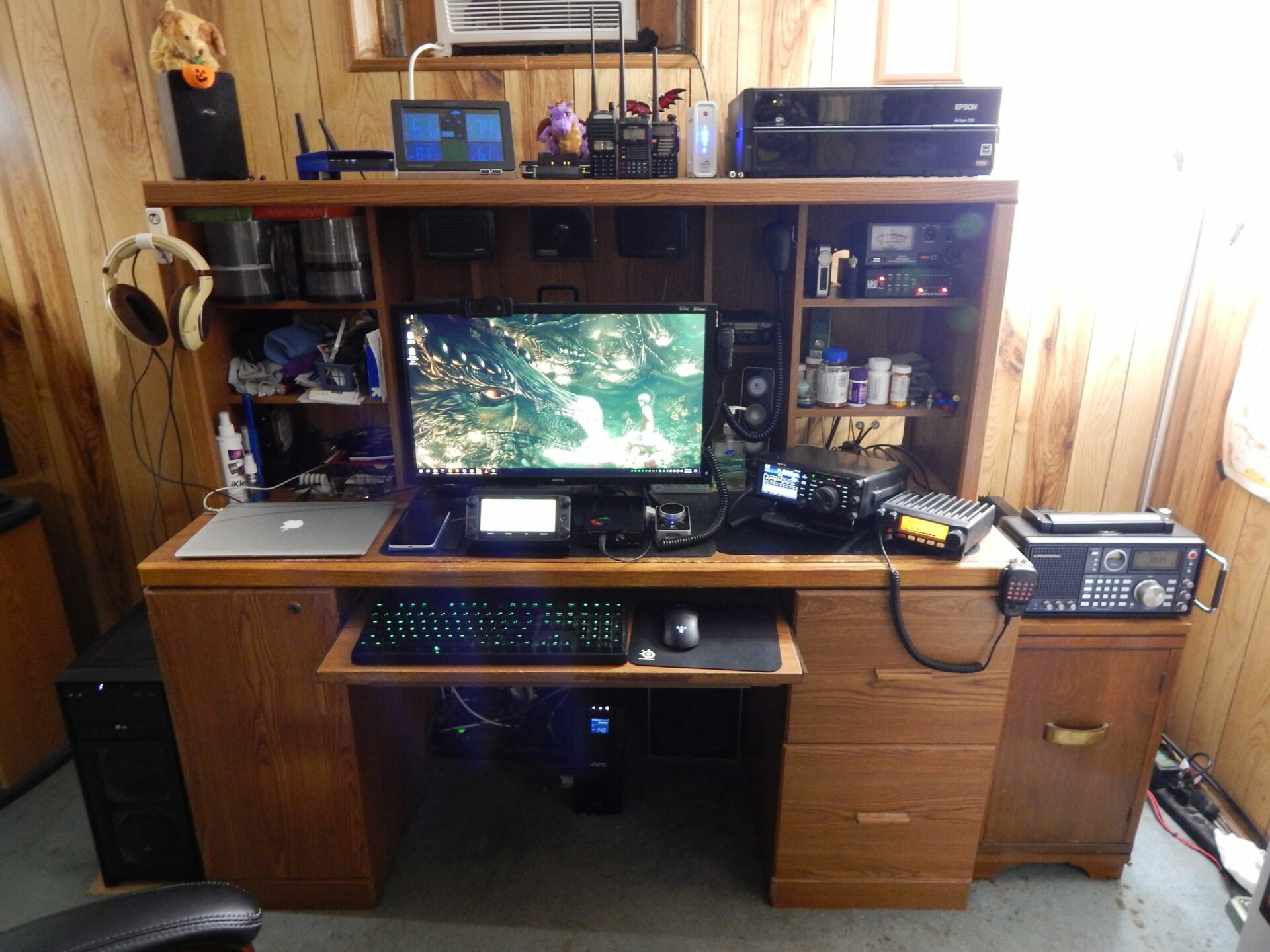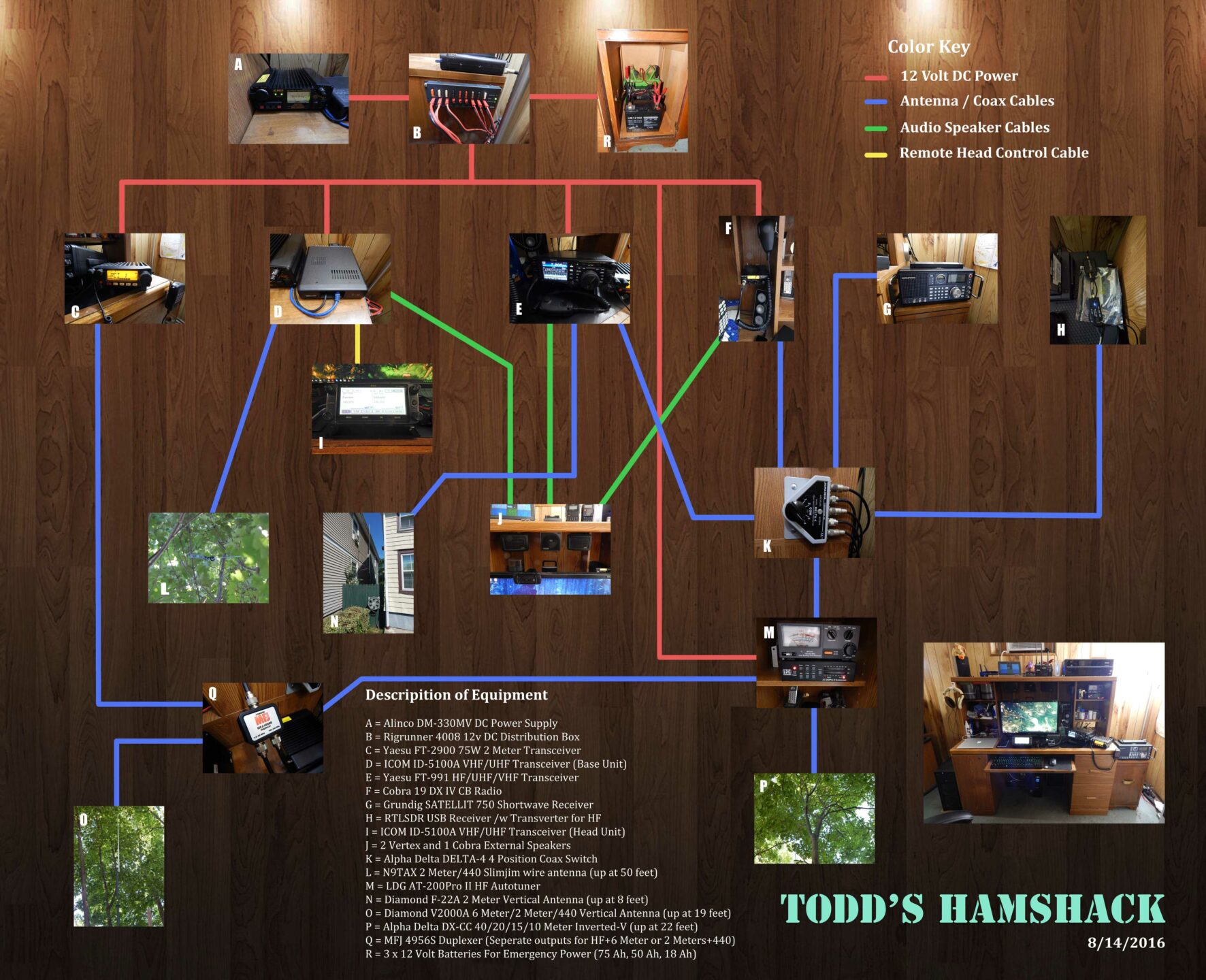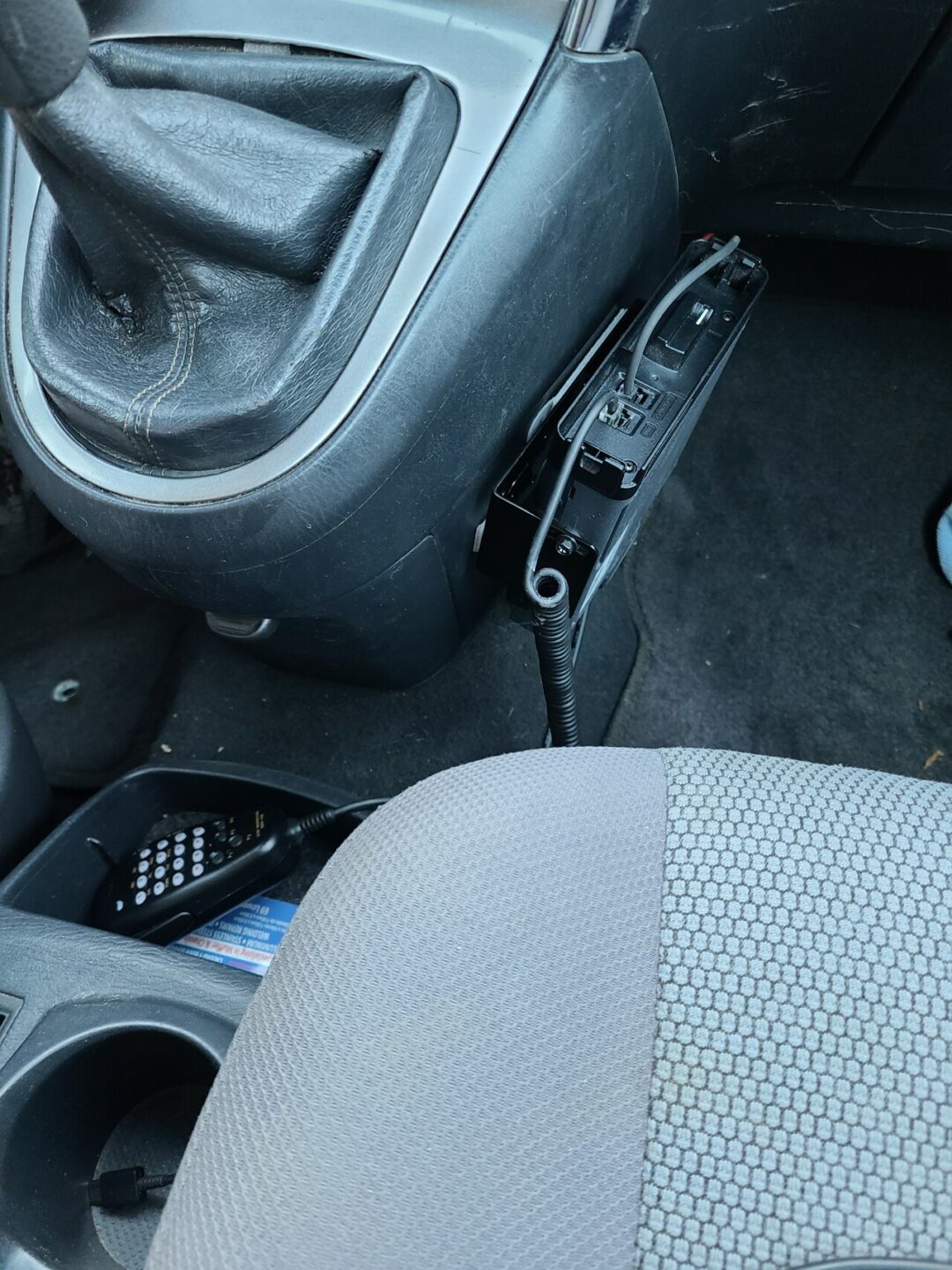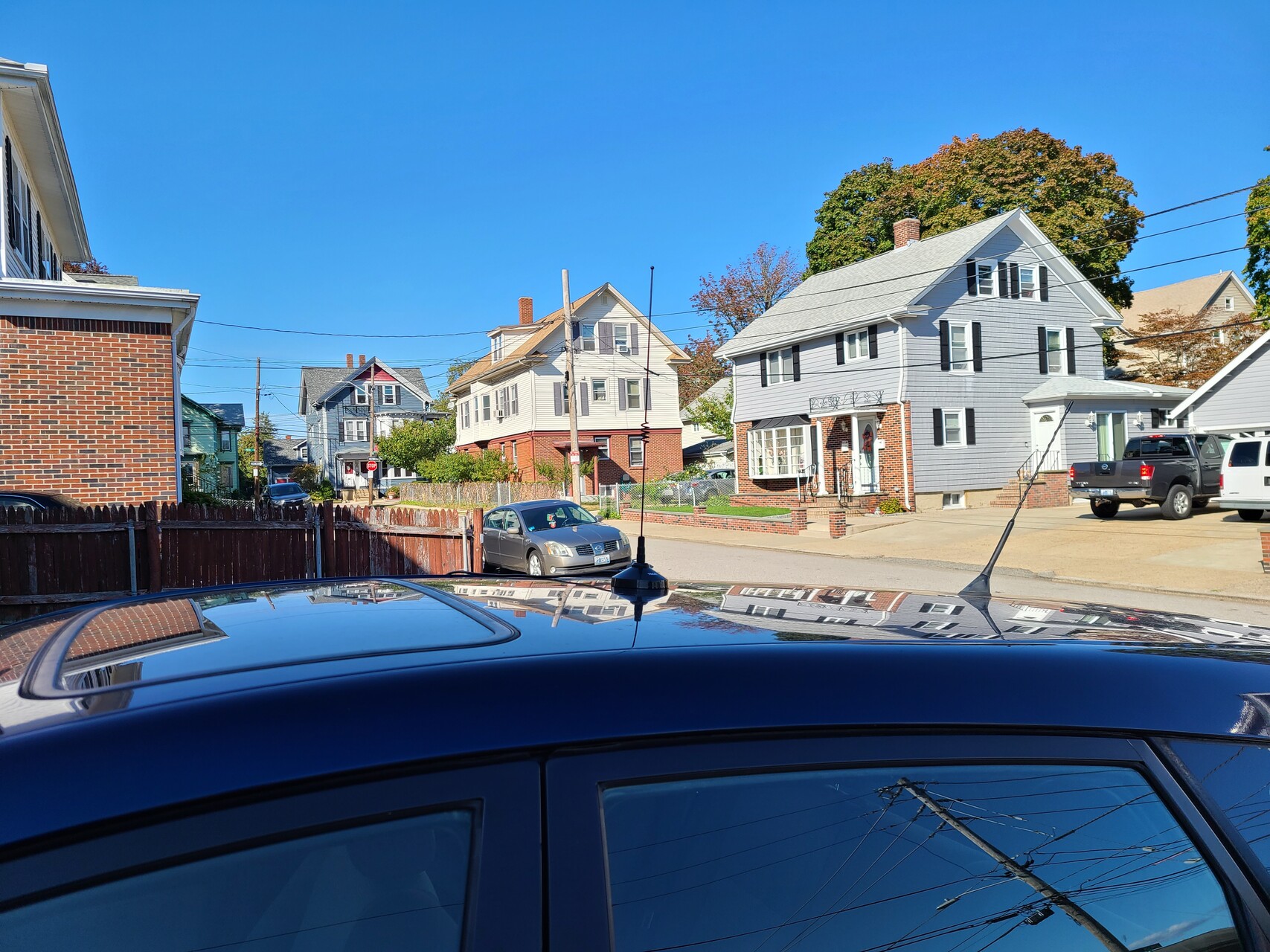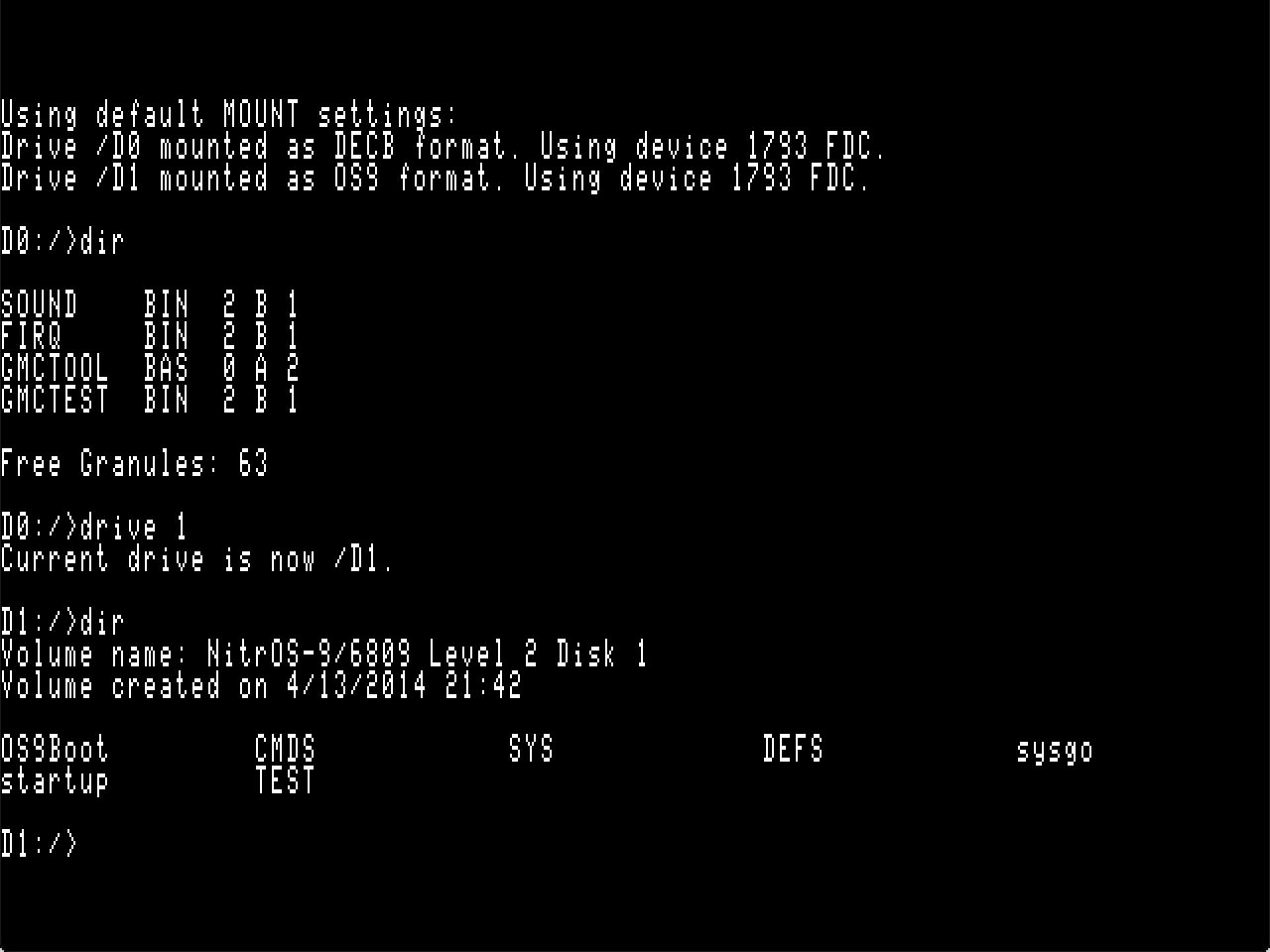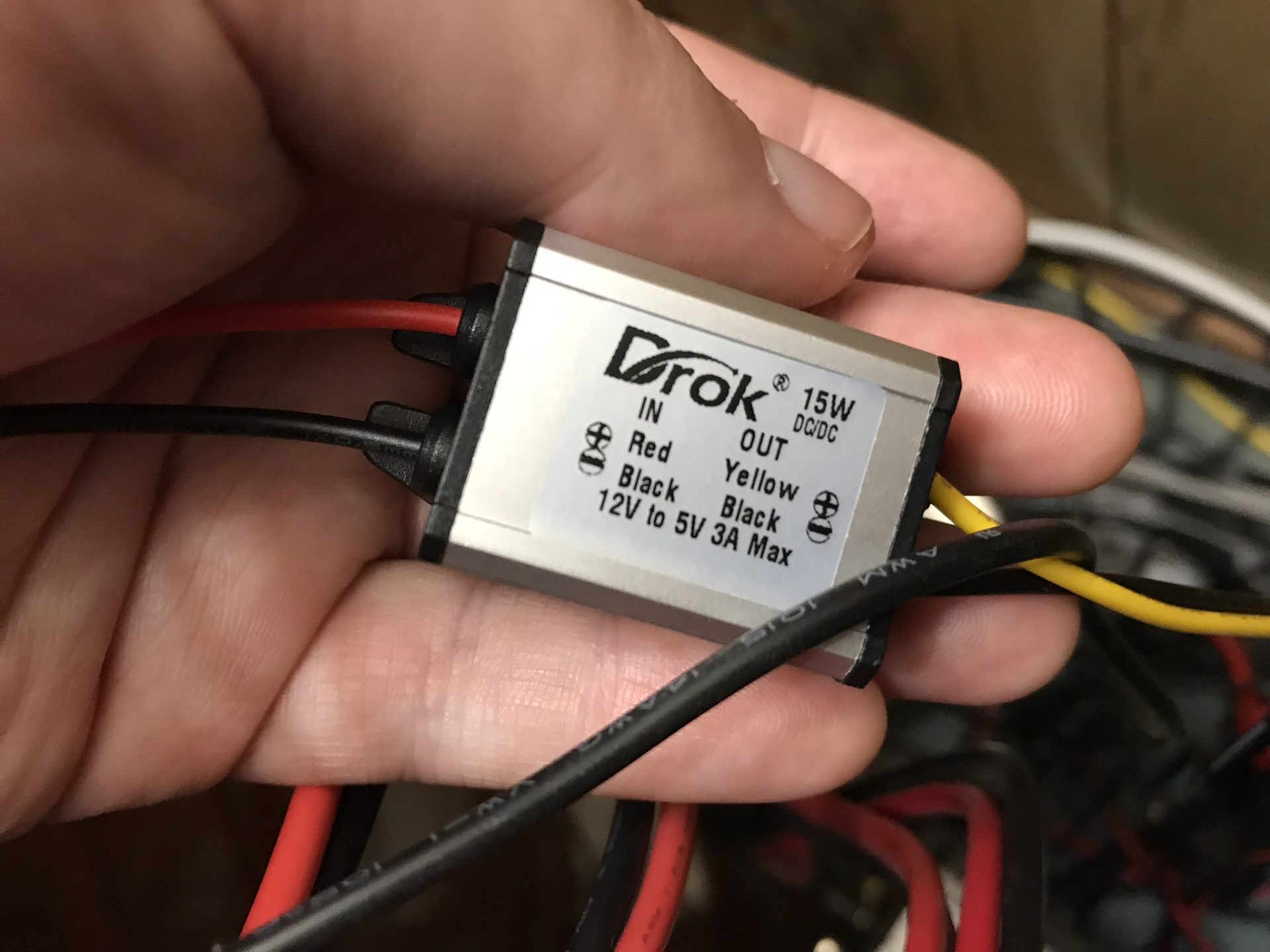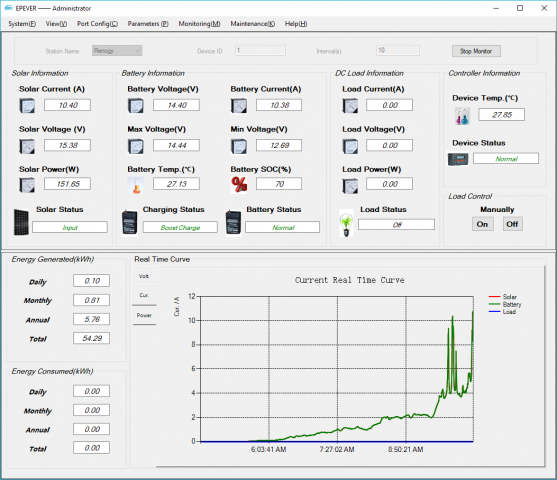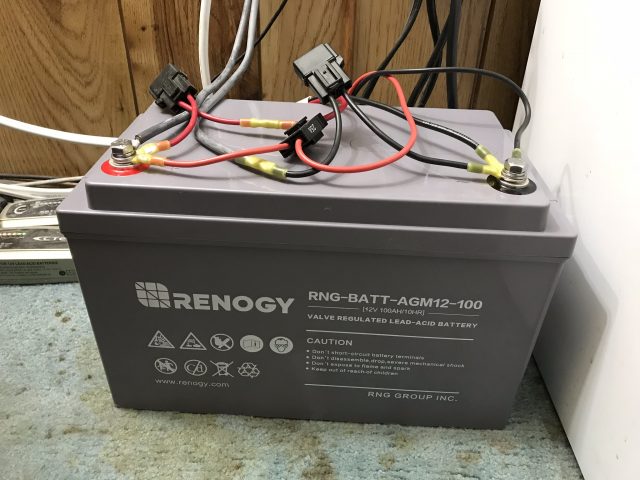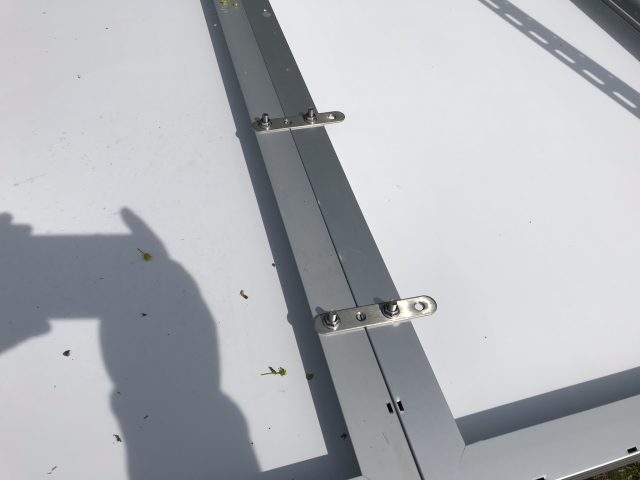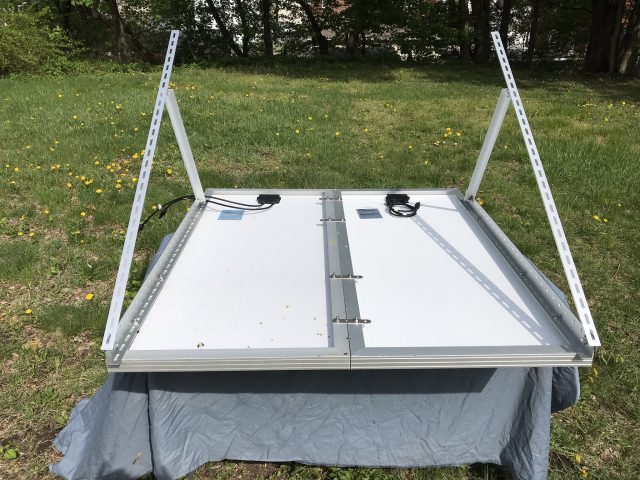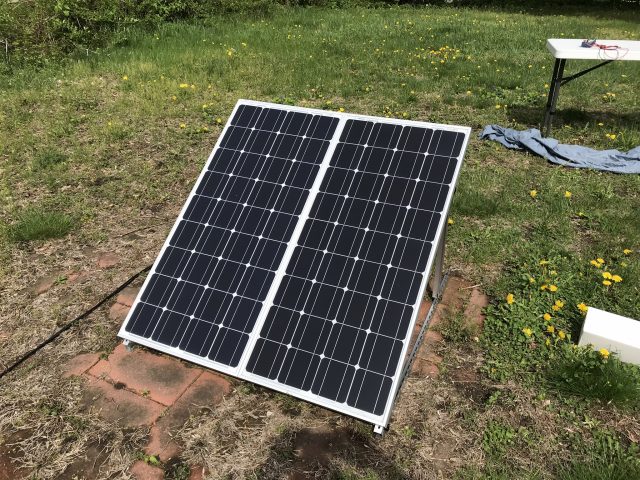Moving And My Ham Radio Hobby
In the last couple of years, i’ve had to move twice, and that has been a huge limiting factor in how I could operate on the ham bands. For many years, I was fortunate enough to enjoy the setup you see below. I even put together a fancy graphical layout of how all my equipment was connected!
Since I was living in a house owned by family, I was allowed to put up some cool antennas using the trees and such, but then circumstances changed and I had to start looking for an apartment instead. Well, this time around it couldn’t have been a more different situation. The new place was in a very urban area on the second floor of an apartment building. There were literally no trees or outdoor structures whatsoever to mount something to, AND I literally had a huge pole transformer right outside my window. The best I could do was put up a slimjim 2m/440 wire antenna on the wall, but it was really only useful to get into a handful of nearby repeaters. Also my neighbors in the building did NOT seem to appreciate the sounds of communication audio and probably heard interference everytime I keyed up the mic. It was kind of a lost cause sadly, but I came up with a backup plan! I moved my setup into my 2005 Toyota Matrix instead. 😀 Check it out!
Ok, so now fast foward 1.5 years later to present day. I just moved in to a new place in a much nicer area and with a lot more possibilities in terms of radio stuff. For one thing, I am on the top floor and so automatically have more elevation than I did before. But more importantly, I have both a balcony on one side AND a fire escape on the other! It didn’t take me long to put together a plan for a new ham shack at home! My current setup is a small Diamond X-30A 2m/70cm dual band antenna on the fire escape, 30 feet of RG-8X coax, and a small but effective 25 watt AnyTone AT-778UV 2m/70cm dual band mobile. All of the affordable models of Amateur brand radios are out of stock everywhere, but it worked out ok since I didn’t have alot of extra funds after moving expenses and what not. I’m back on the air!
